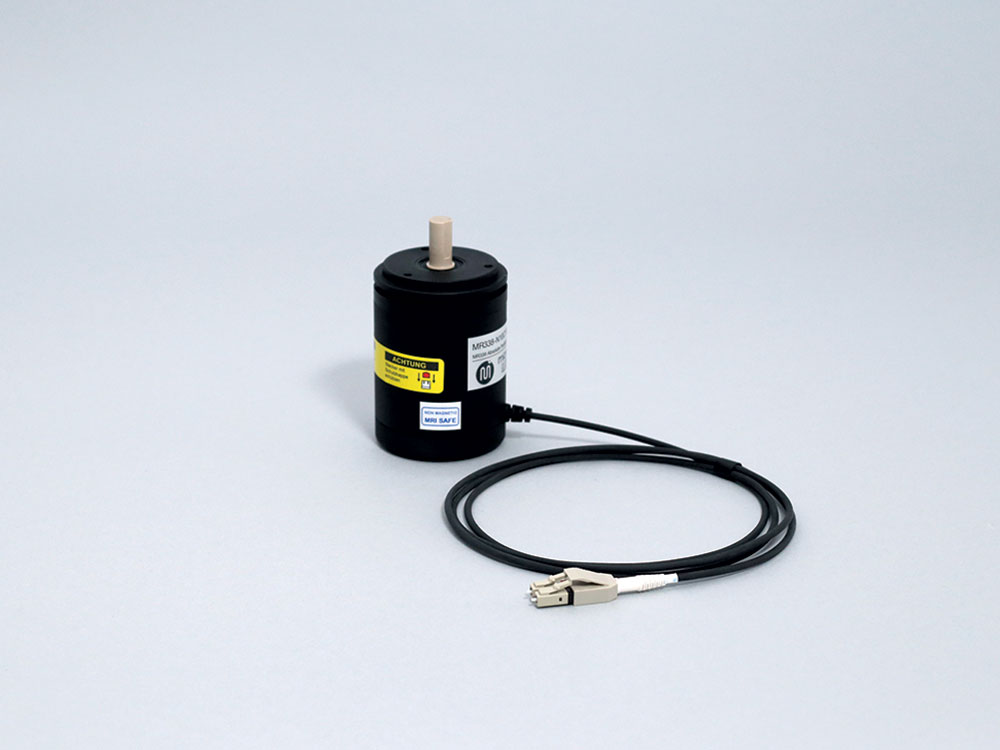SoCalGas Breaks Ground on Innovative Fiber Optic Installation to Monitor
Pipelines in Real-Time
Early warning sensors will help prevent pipeline damage from
unauthorized construction work and detect leaks.
Dec 13, 2017
LOS ANGELES, Dec. 13, 2017 /PRNewswire/ -- Southern California Gas Co.
(SoCalGas) today announced it has broken ground on a first-of-its kind, fiber
optic cable installation that will allow the company to monitor the condition
of its high-pressure transmission pipelines in real-time. The fiber optic
technology is being installed along a new, seven-mile section of natural gas
pipeline in Bakersfield, California and will serve as an early warning system
to detect unauthorized construction work that could damage the pipeline and
changes in pressure in the line that could indicate a leak. Photos of the
technology from today's installation are available here.
"SoCalGas is committed to modernizing our infrastructure to enhance
safety for our customers and reduce our carbon footprint," said Deanna
Haines, director of gas engineering for SoCalGas. "This technology
provides our engineers with a critical early warning system that can prevent
damage to our lines and help us mitigate leaks more quickly."
"Having real-time information on the status of high-pressure
pipelines is critical in the early detection of a potential problem," said
Brian Marshall, Kern County Fire Chief. "Firefighters will be able to
respond quickly to an emergency and work with SoCal Gas to stop the problem
from escalating."
The technology uses fiber optic cables that run along a pipeline and
that transmit data across long distances. The system operates on the principle
that light signals vary when a fiber optic cable is exposed to vibration, stress,
or abnormal changes in temperature – all indicators of a possible natural gas
leak or an impact to a natural gas line. The fiber optic system can pinpoint
within 20 feet where a potential problem may be developing.
When a threat is detected, information is sent along the fiber cable to
a remote monitoring station within seconds, where operators interpret signal
changes to determine the source of potential intrusions including, heavy
equipment operation, unexpected earth movement, or other physical impacts like
structural stress from broken water mains.
Access to continuous, real-time measurements and area-specific data can
give SoCalGas crews and first responders more time to plan, allocate resources,
and take effective actions to mitigate potential leaks and damage to pipelines.
SoCalGas is one of the first natural gas utilities in the country to use
the technology in natural gas transmission and high-pressure pipeline system
operations. The company plans to install fiber optic cable along all new and
replacement pipeline segments 12 inches and greater in diameter and one-mile
long.
Incorporating fiber optics into its transmission pipeline and
distribution systems is part of SoCalGas' commitment to upgrading and
modernizing its more than 101,000 miles of natural gas pipelines in order to
provide customers with the safe, reliable, and affordable energy they deserve.
About SoCalGas
Headquartered in Los Angeles, SoCalGas® is the largest natural gas
distribution utility in the United States, providing clean, safe, affordable
and reliable natural gas service to 21.7 million customers in Central and
Southern California. Its service territory spans 22,000 square miles from
Fresno to the Mexican border, reaching more than 550 communities through 5.9
million meters and 101,000 miles of pipeline. More than 90 percent of Southern
California single-family home residents use natural gas for home heat and hot
water. In addition, natural gas plays a key role in providing electricity to
Californians—about 60 percent of electric power generated in the state comes
from gas-fired power plants.
SoCalGas has served communities in California for 150 years and is
committed to being a leader in the region's clean energy future. The company
has committed to spending $6 billion over the next five years to modernize and
upgrade its gas infrastructure, while also reducing methane emissions. SoCalGas
is working to accelerate the use of renewable natural gas, a carbon-neutral or
carbon-negative fuel created by capturing and conditioning greenhouse gas
emissions from farms, landfills and wastewater treatment plants. The company is
a subsidiary of Sempra Energy (NYSE: SRE), a Fortune 500 energy services
holding company based in San Diego. For more information visit socalgas.com/newsroom
or connect with SoCalGas on Twitter (@SoCalGas), Instagram (@SoCalGas) and
Facebook.
About Southern California Gas Co.: Southern California Gas Co.
(SoCalGas) has been delivering clean, safe and reliable natural gas to its
customers for more than 145 years. It is the nation's largest natural gas
distribution utility, providing service to 21.6 million consumers connected
through 5.9 million meters in more than 500 communities. The company's service
territory encompasses approximately 20,000 square miles throughout central and
Southern California, from Visalia to the Mexican border. SoCalGas is a
regulated subsidiary of Sempra Energy (SRE), a Fortune 500 energy services
holding company based in San Diego.



